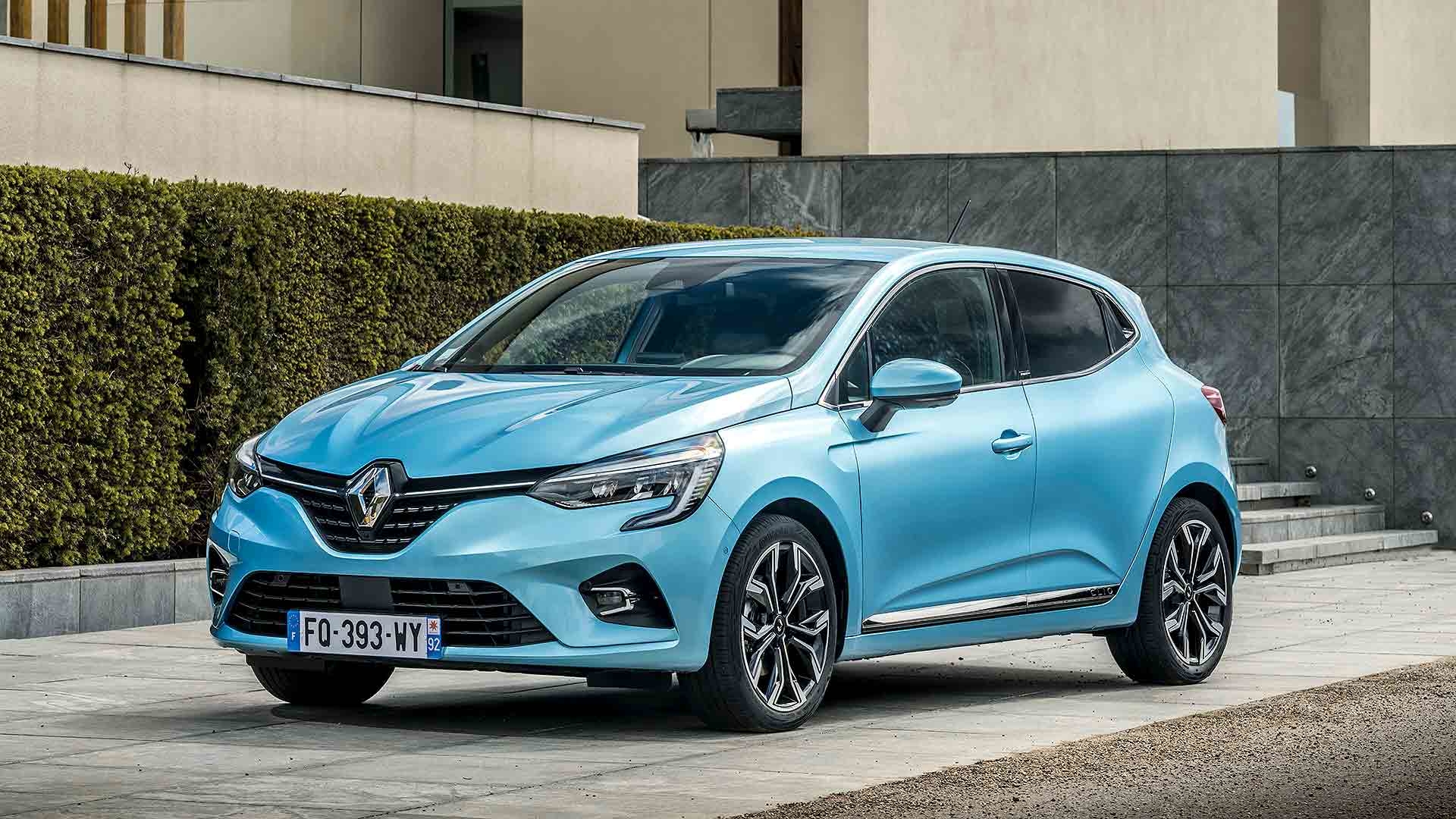
There was a time when car manufacturers got Formula 1 drivers to stand next to hot hatchbacks for vague ‘racetrack to road’ promo opportunities. Two-times World Champion Fernando Alonso has stood next to myriad hot Renault Sport models over the years. But, like refuelling, grooved tyres and V10 engines, such stunts have been forgotten these days.
Now, the focus is on how Formula 1 can showcase its relevance to save the planet. Cue Renault’s new E-Tech Hybrid wizardry – developed, says the firm, using learnings taken directly from its Formula 1 team.
It’s hard to get your head around how a modern F1 car works – with its V6 engine (sorry, ‘power unit’), MGU-K and MGU-H motor-generators. Drivers seem to have more drive modes than they have gears.
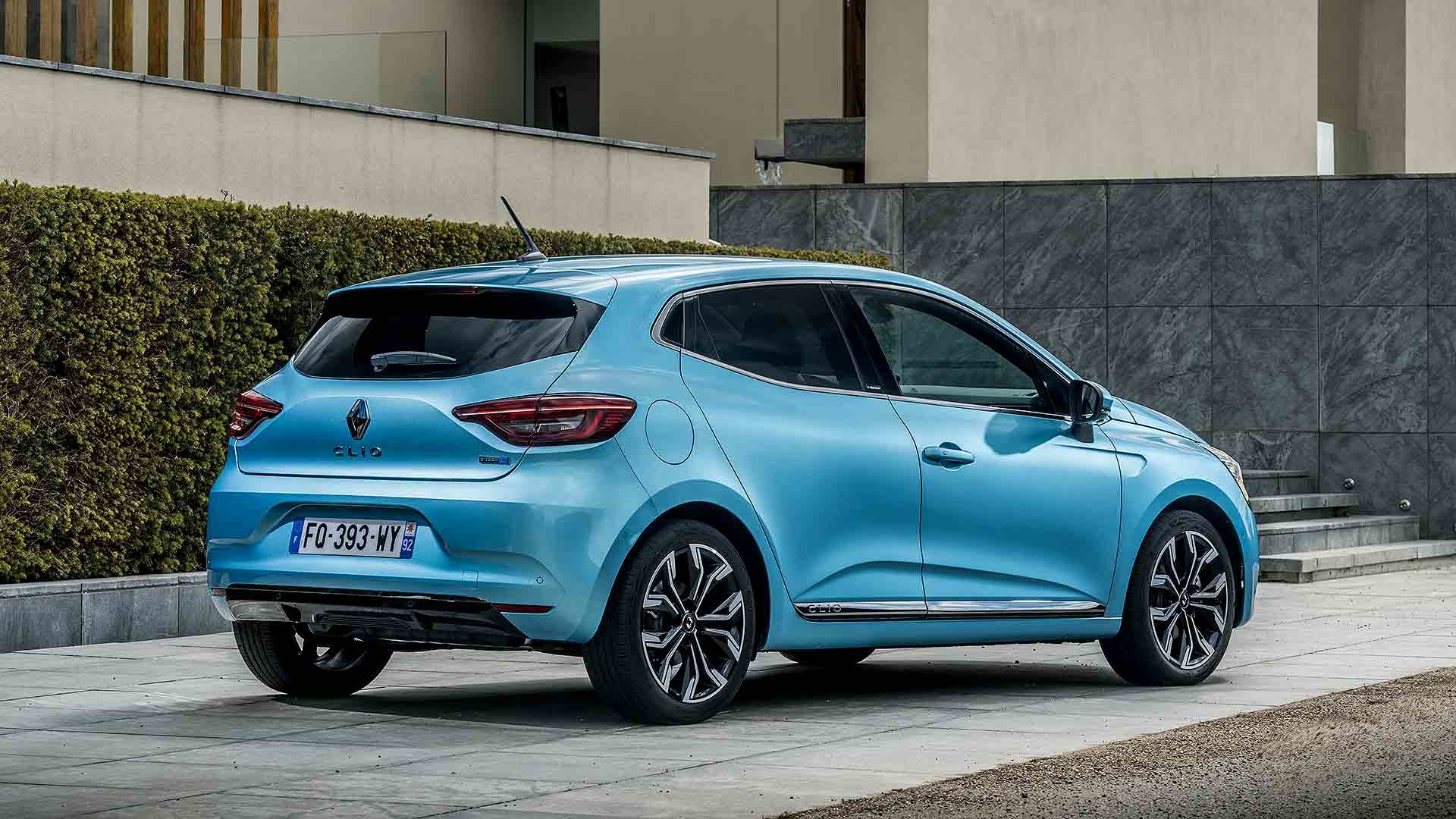
It’s the same for this rather ingenious new E-Tech Hybrid system. Conceptually, it’s pretty bewildering: like an F1 car, there are multiple drive modes, 15 in all, using varying combinations of petrol engine and two electric motors.
The car’s electronic brain sorts it all out, though, so you don’t have to worry – good job, when the tech includes a clutchless gearbox using ultra-efficient F1-style dog-ring gears, no synchromesh and not even a reverse gear (it goes backwards on electric instead). Surprisingly though, the tech isn’t particularly exotic, saving enough money for Renault to price the Clio from less than £20k. For a hybrid, it’s a bargain.
Renault is offering the E-Tech Hybrid system across the Clio range. It shipped a lorry-load of left-hand-drive models over to the UK for us to drive it. Forget hot Clios, we were convinced enough by our first drive to think it only a matter of time before 2020 F1 drivers Daniel Ricciardo and Esteban Ocon will be pictured standing next to this one.
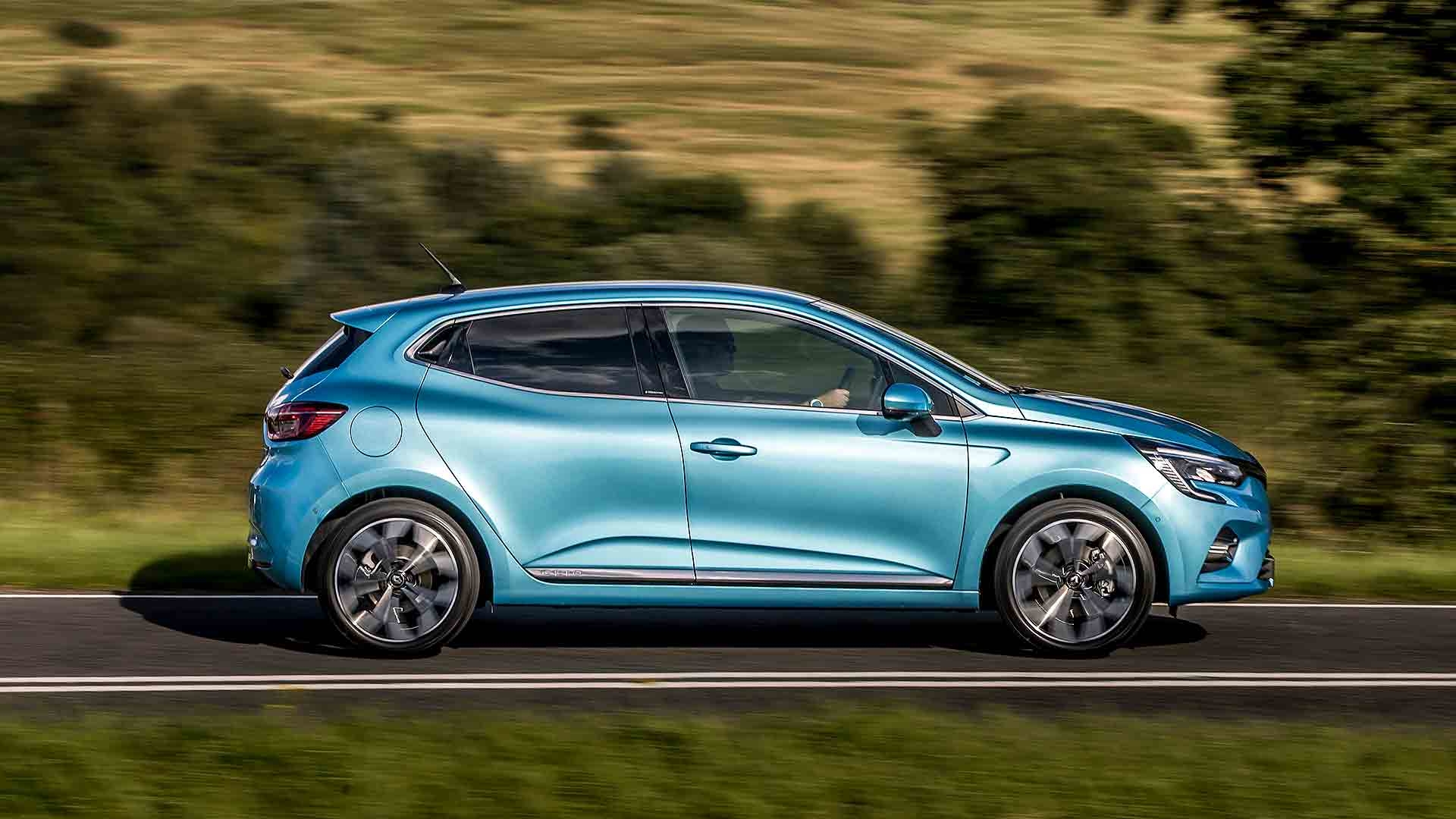
Driving the Renault Clio E-Tech Hybrid
The 2020 Renault Clio is a pretty car, but not that different from the previous generation model, which was also pretty. Booming sales figures across Europe suggest Renault’s logic is paying off here, even if we’d have liked it to be a bit more ‘new’.
The interior is lovely, with a high-end feel and ample surprisingly upmarket plastics. The seats are wide and comfortable, the steering wheel chunky and the portrait-style touchscreen makes it feel like a mini Tesla. Low sides help good visibility and it’s a very pleasant place to be.
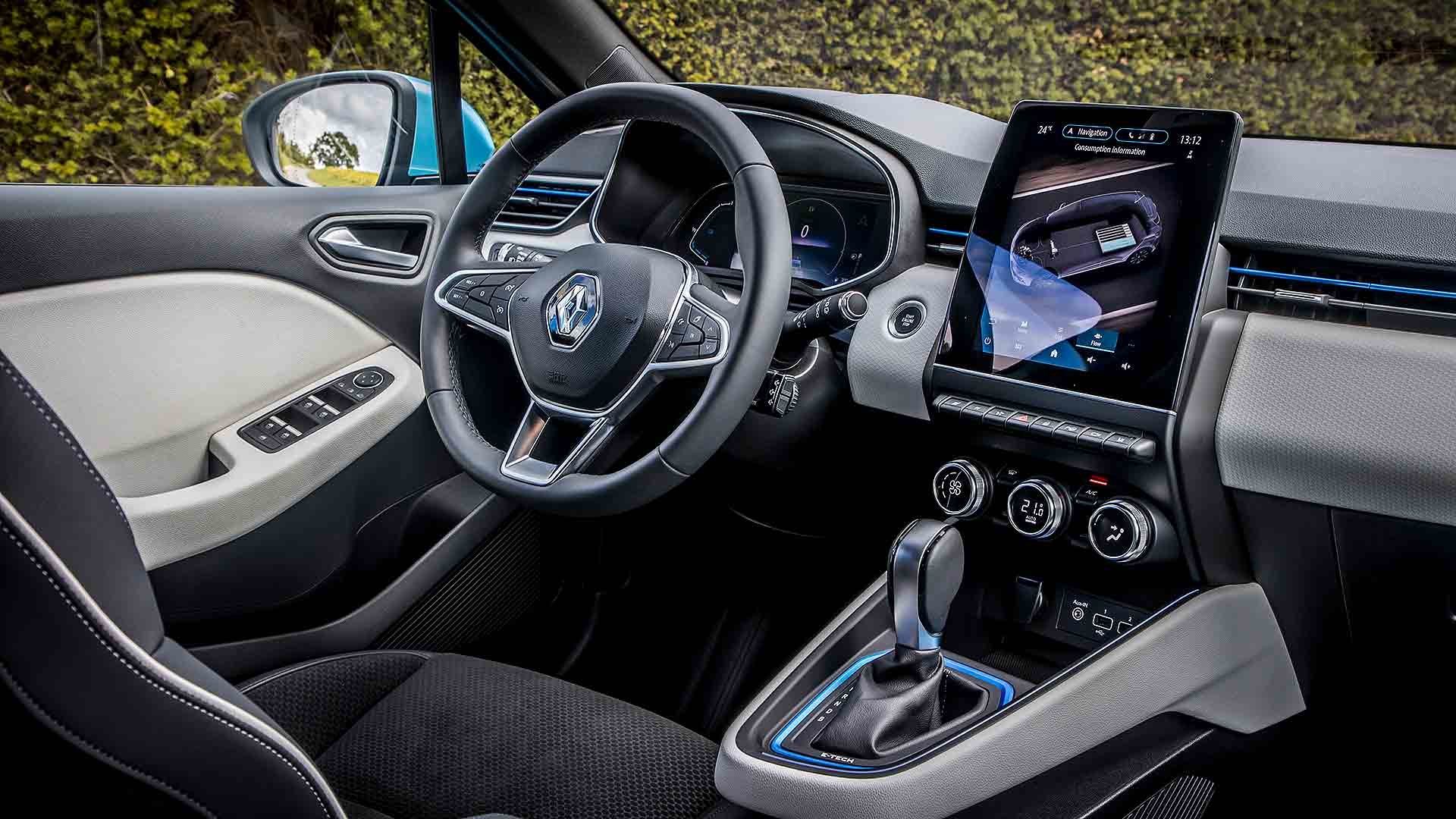
Adding a hybrid system has done nothing to change how sweetly and confidently the new Clio handles, either. The ride is firmer than Renaults of old, knobblier than you might expect, but it deals with potholes well, steers accurately through corners and has a grown-up, long-striding feel that’s very likeable.
It’s the hybrid system that you want to hear about, though. It’s striking how effective and appealing it is to drive. I feel sure test-drivers will be surprised by the Renault Clio E-Tech Hybrid. I certainly was.
Starting off in pure EV mode is nice, but not a unique hybrid trick. What does feel good is how uncannily smooth the system is, nearly all of the time – and that includes when the engine starts up. Forget older hybrids, whose harsh petrol engines howl into life when you exceed the nominal range of the hybrid batteries: the Renault is much cleverer than that.
There’s no ‘gulp’ when the 1.6-litre engine kicks in. As the car is already rolling, you might not even notice it, particularly if you’ve got the radio on. The engine is surprisingly smooth and distant, far from loud and whiney – even when you suddenly floor the accelerator to dive into a gap.
You can thank the two electric motors for this. There’s one ‘big’ one, used for driving the car, and a second smaller one, called a high-voltage starter-generator. This second motor is key to the smoothness, matching engine speed and gearbox perfectly. It will even spin the engine right up to high revs so you have power the instant you demand it, with no jolts and well-controlled noise. Before instantly switching the engine off again when you lift. Smart stuff.
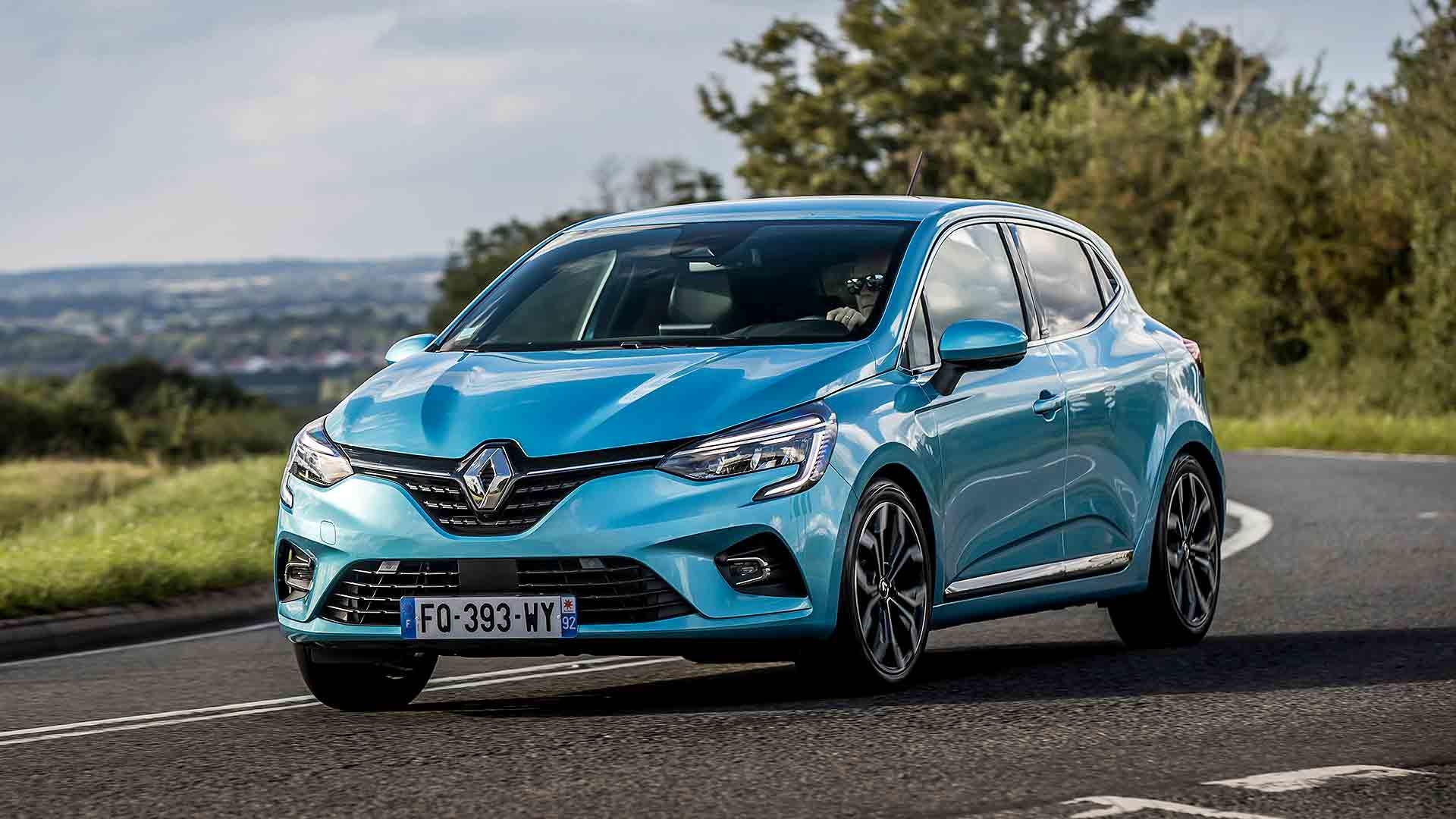
The ‘self-charging’ lithium ion battery carries 1.2kWh, enough for up to 2.5 miles of constant driving in pure electric (impressively, you can mimic a pure EV up to 37mph). But because it’s always being topped up, primarily when you lift off the accelerator, the reality is up to 80 percent of urban driving can be conducted in 100 percent zero emissions engine-off electric mode. So it’s simple, cheap, yet very effective – particularly with the convenience of not having to plug it in (or forgetting to).
Pulling back the gearlever engages a ‘B’ mode, which ups the regeneration effect. This gives an element of ‘one-pedal’ driving, where lifting the accelerator sees the car slow, rather than pressing the brakes. It has the added effect of further topping up the batteries, and works down to 4mph (so don’t forget to press the brakes to come fully to a halt).
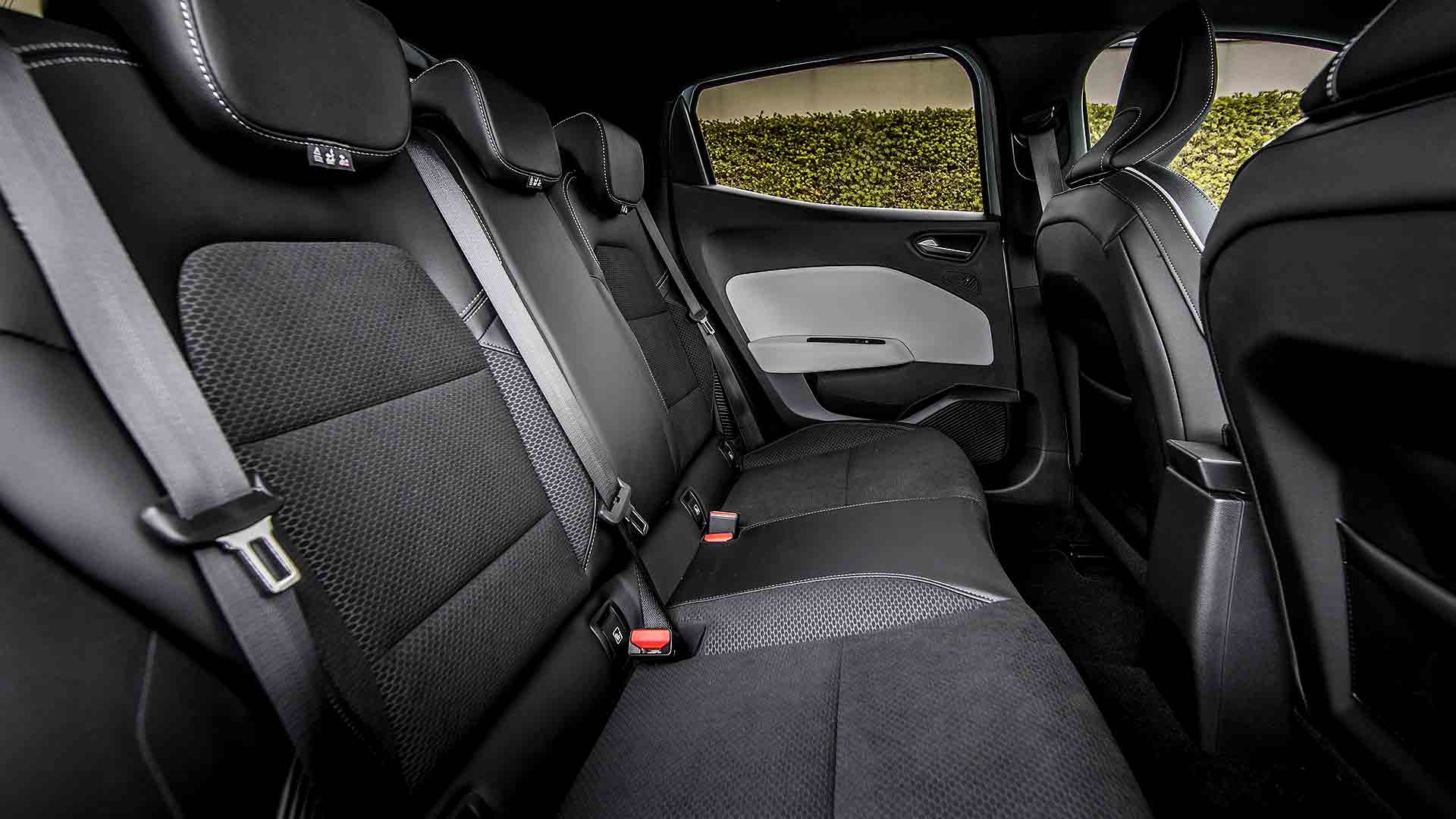
The compact battery is mounted above the rear wheels, so the boot still carries 300 litres of space. The rear seats are no less ample (despite slightly small door openings) and, unlike an F1 driver, you don’t even have to worry about switching between various drive models – simply leave it in the default MySense (you don’t need Sport and power-sapping Eco is only for misers).
To show off its EV credentials, Renault has fitted an ‘EV’ button to the dashboard. Press this and, if it’s able, the engine will shut down and mimic an electric Renault Zoe. Good for impressing passengers – even if you’ll never use it, because the E-Tech Hybrid defaults more than enough to electric mode already.
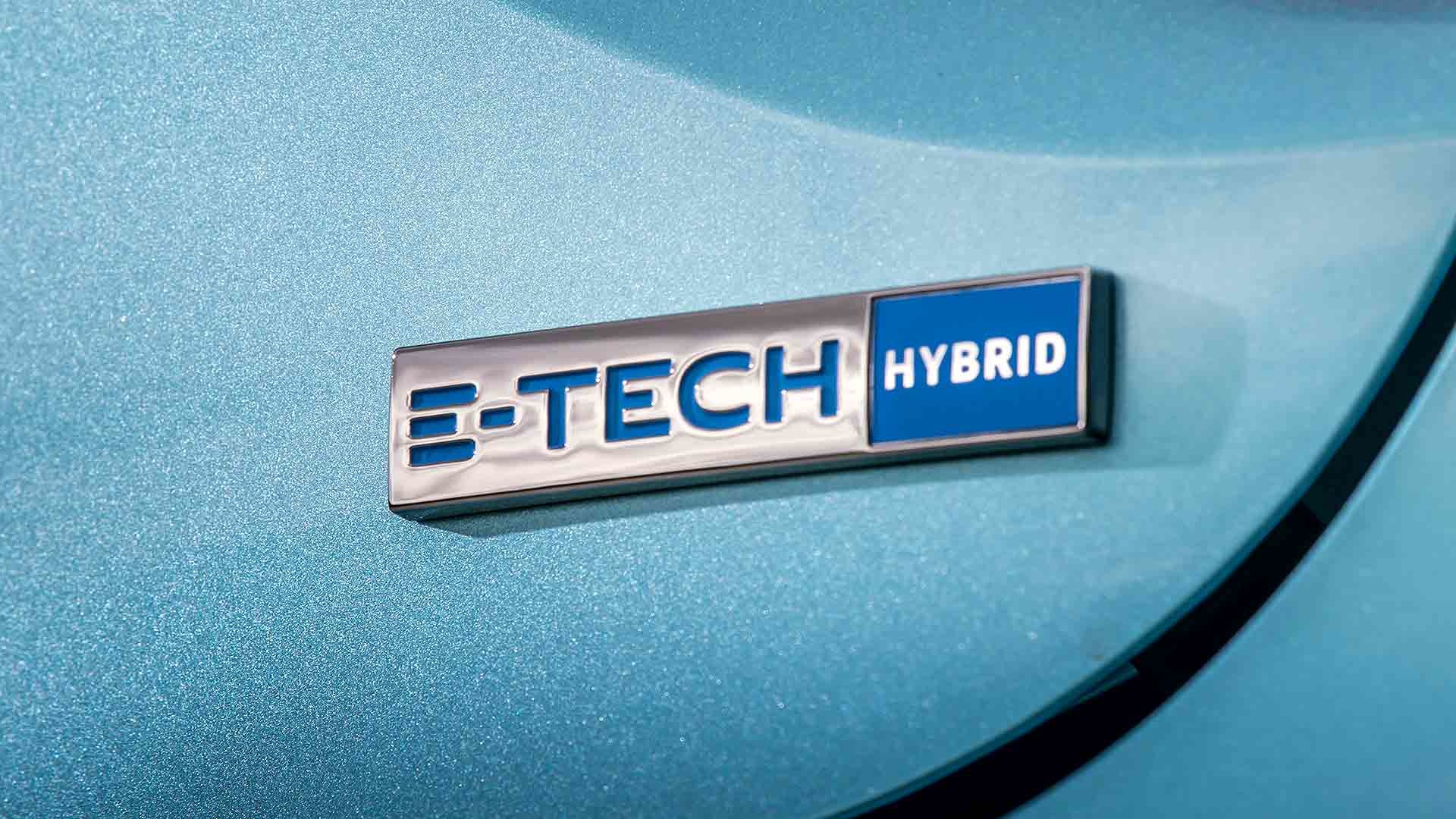
Verdict: Renault Clio E-Tech Hybrid
I was genuinely surprised by Renault’s new hybrid Clio. This is clever technology, clearly a few generations on from most hybrid systems. Its conceptual innovativeness is apparent, and makes for a particularly free-flowing, easygoing drive.
The engine-off scope is broad and engine-on mode isn’t loud or frustrating. It accelerates swiftly, feels long-legged at speed; the general fluidity is very rich and premium-feeling.
And after scrabbling around for an hour on mixed country roads, I crunched the numbers. Average economy? 67.2mpg. Driven more sensibly, 70mpg should be a breeze. After being seriously impressed by the latest Toyota Yaris, here’s another clever car that questions the need for expensive plug-in hybrids – and surely now signals the end of the small diesel car for good?
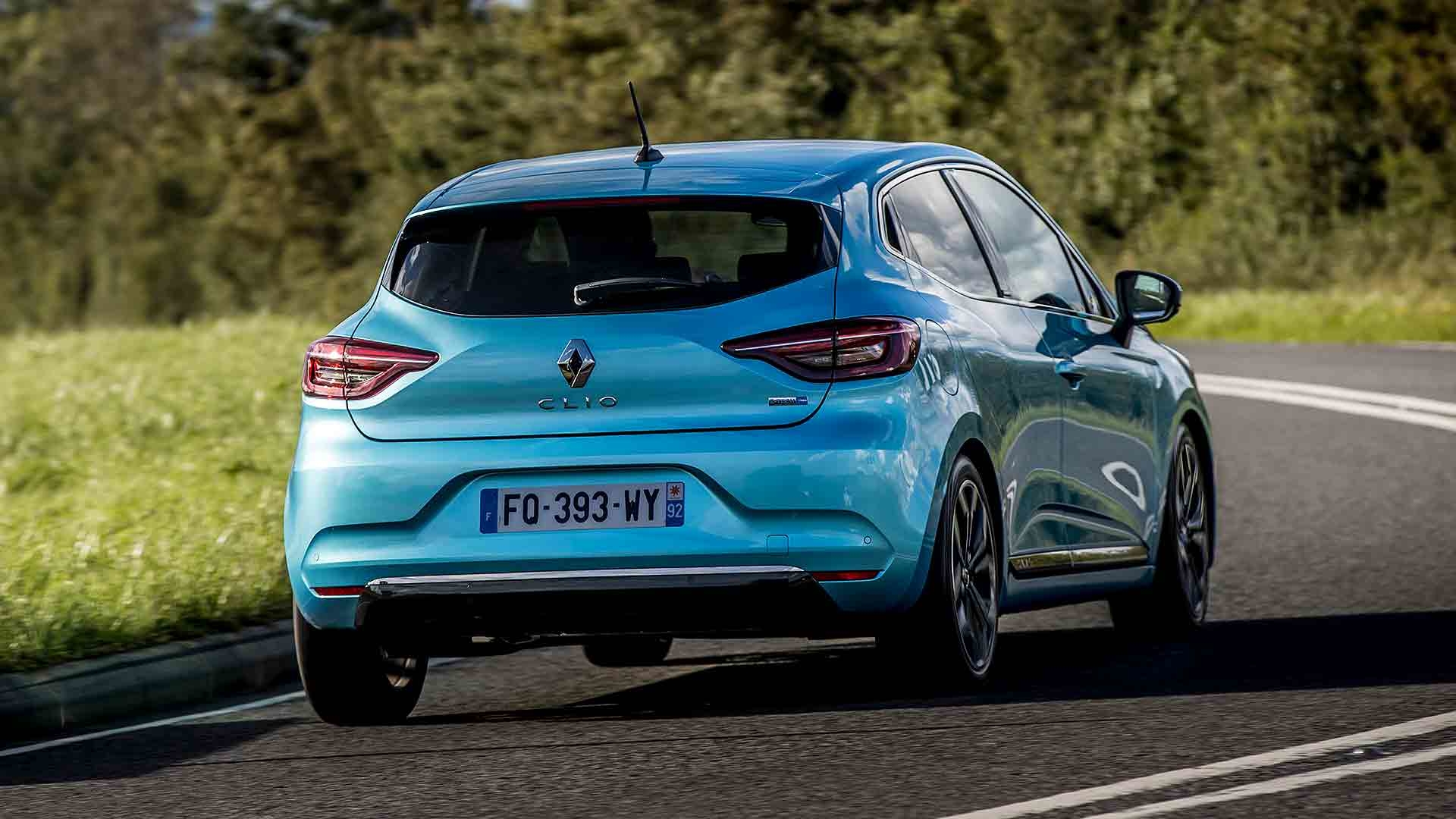
2020 Renault Clio E-Tech Hybrid: specification
- Price: From £19,595
- Engine: 1.6-litre petrol
- Power: 140 hp
- Torque: 106 lb/ft (electric motor: 184 lb/ft)
- Gearbox: Six-speed clutchless automatic
- 0-62mph: 9.9 seconds
- Top speed: 112 mph
- Fuel economy: 64.2 mpg
- CO2: 98 g/km
- Weight: 1,323kg
- Boot capacity: 300 litres
2020 Renault Clio E-Tech Hybrid: prices
- Play: £19,595
- Iconic: £20,595
- S Edition: £21,595
- R.S. Line: £22,095
- E-Tech Launch Edition: £22,095
ALSO READ
Audi RS Q3 Sportback (2020) review
Radical new Nissan Ariya electric SUV revealed
Car finance customers to save millions as FCA bans discretionary commission